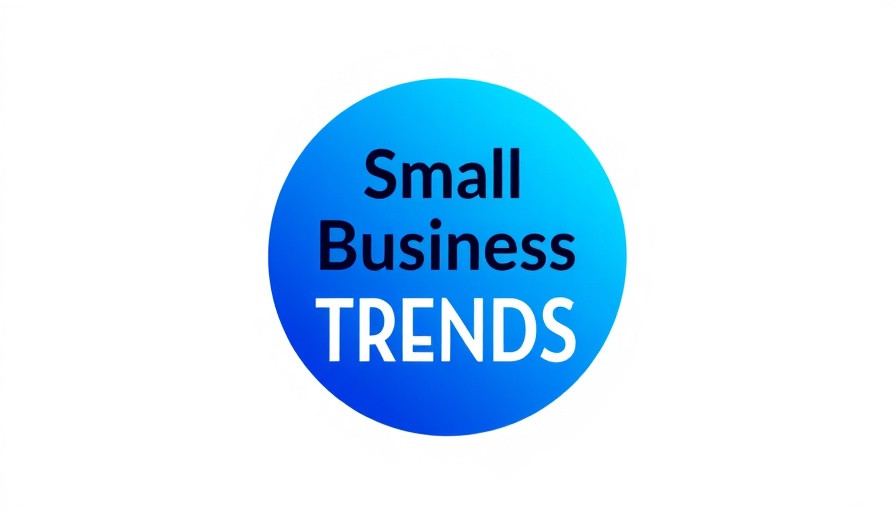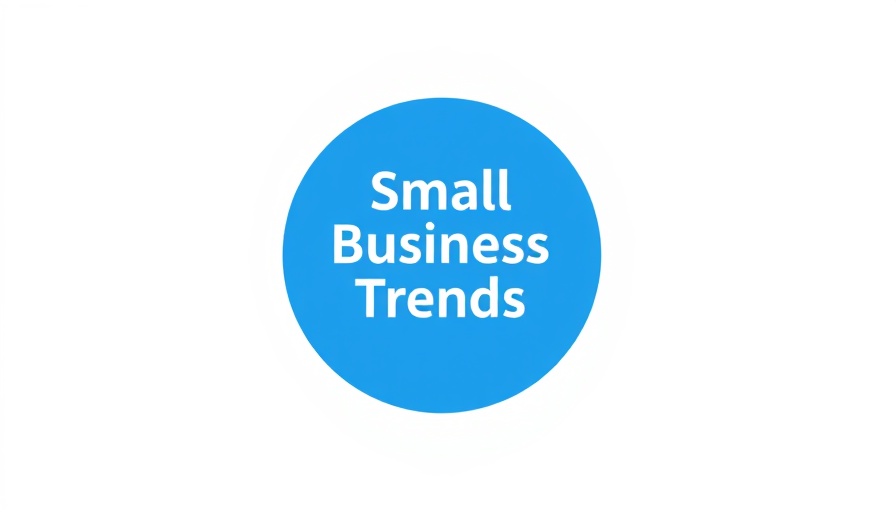
Maximizing Small Business Potential with Free Shopify Apps
In the world of e-commerce, small businesses often face the dual challenges of limited budgets and heightened competition. This is where free Shopify apps can be a game-changer. They not only streamline operations but also enhance customer experiences—all without straining your financial resources. By choosing the right tools, small businesses can achieve operational excellence while focusing more on growth and innovation.
Understanding the Importance of Shopify Apps
Shopify apps play a vital role in addressing the unique challenges that small businesses encounter. From managing inventory effectively to automating email marketing campaigns, these tools can transform a rudimentary online presence into a competitive retail player.
For instance, consider the implications of integrating an inventory management app. This functionality minimizes manual tracking errors and frees up resources for more strategic activities, ultimately enhancing customer satisfaction and loyalty.
Choosing the Right Tools for Greater Efficiency
When selecting free Shopify apps, it's essential to focus on user-friendliness and specific functionalities. As the technical landscape evolves, new innovations in AI and automation—like AI marketing tools—are also beginning to find their way into Shopify's ecosystem, optimizing how businesses engage with their customers.
Before integrating an app, examine its compatibility with your current systems as well as the customer service it offers. A robust support channel can help you troubleshoot any issues, while positive reviews can provide insights into the tool's effectiveness.
Top Free Shopify Apps and Their Benefits
Here are a few standout free Shopify apps specifically designed to boost small business operations:
1. Oberlo: Revolutionizing Product Sourcing
This app is a must-have for businesses looking to simplify product sourcing and order fulfillment. With Oberlo, you can easily import products from various suppliers directly into your Shopify store, thereby expanding your product range without the need for inventory investment.
2. Kit: Your Virtual Marketing Assistant
For those interested in integrating more AI into their business strategy, Kit functions as a virtual assistant, helping manage marketing tasks. Kit suggests specific marketing activities, such as social media ads and email campaigns, perfectly tailored to your audience, leveraging data-driven insights to optimize performance.
3. Plug-in SEO: Boosting Site Optimization
This app regularly checks your online store for SEO issues and provides actionable insights. By optimizing for search engines, you can improve visibility, making it easier for potential customers to find your products.
Integrating AI Solutions into Your Business Model
As technology continues to evolve, the adoption of AI in e-commerce is no longer optional but paramount. Incorporating AI tools for task automation can significantly reduce manual workloads while improving accuracy.
AI-driven content marketing solutions and video automation tools can also enhance customer engagement, making your marketing campaigns more effective. This trend represents a shift towards smarter, data-driven operations that not only attract customers but also retain them.
Common Pitfalls to Avoid
While free Shopify apps offer incredible value, there are common pitfalls that users should be aware of. One such challenge is the temptation to overload your store with multiple apps, which can complicate operations and lead to performance issues. It’s advisable to limit the number of tools in use and ensure each serves a distinct purpose.
Additionally, regularly updating your apps and monitoring customer reviews can prevent compatibility and functionality issues, safeguarding your online store's efficiency.
Future Trends and Predictions
Looking ahead, the integration of AI in e-commerce is set to redefine how small businesses operate. As tools become more sophisticated and user-friendly, the potential for growth and innovation will expand tremendously. Early adopters of these cutting-edge technologies will undoubtedly reap the rewards as they gain a competitive edge in their industries.
In conclusion, leveraging the best free Shopify apps along with intelligent integrations can dramatically improve operational efficiency, boosting sales and customer satisfaction while staying within a budget. By keeping current with technological advancements, your small business can not only survive but thrive in an increasingly competitive e-commerce landscape.
As we navigate this digital age, the right tools can empower your small business to achieve remarkable success. Explore the software landscape today, and unlock your full potential in the world of online commerce.



Write A Comment